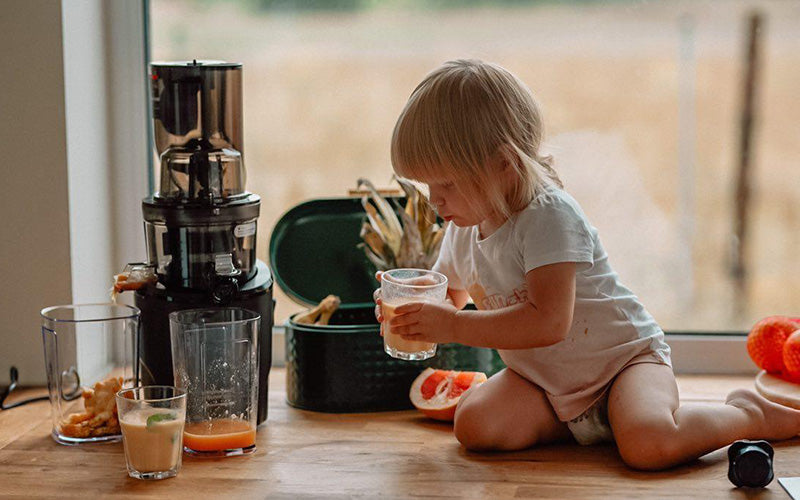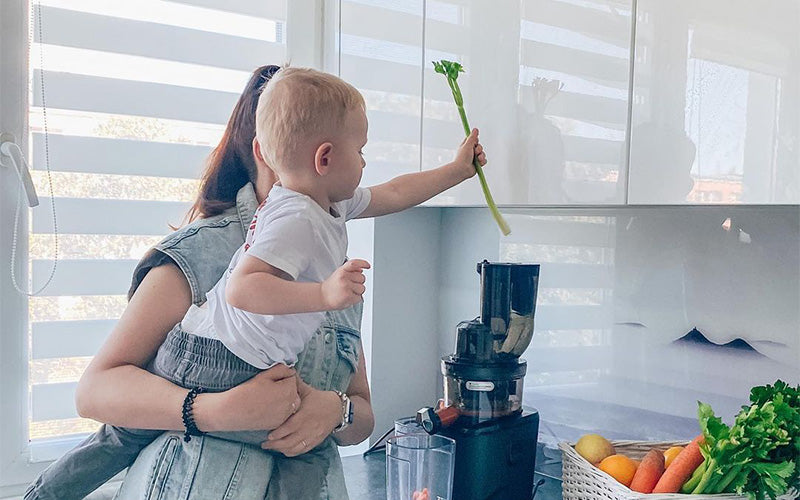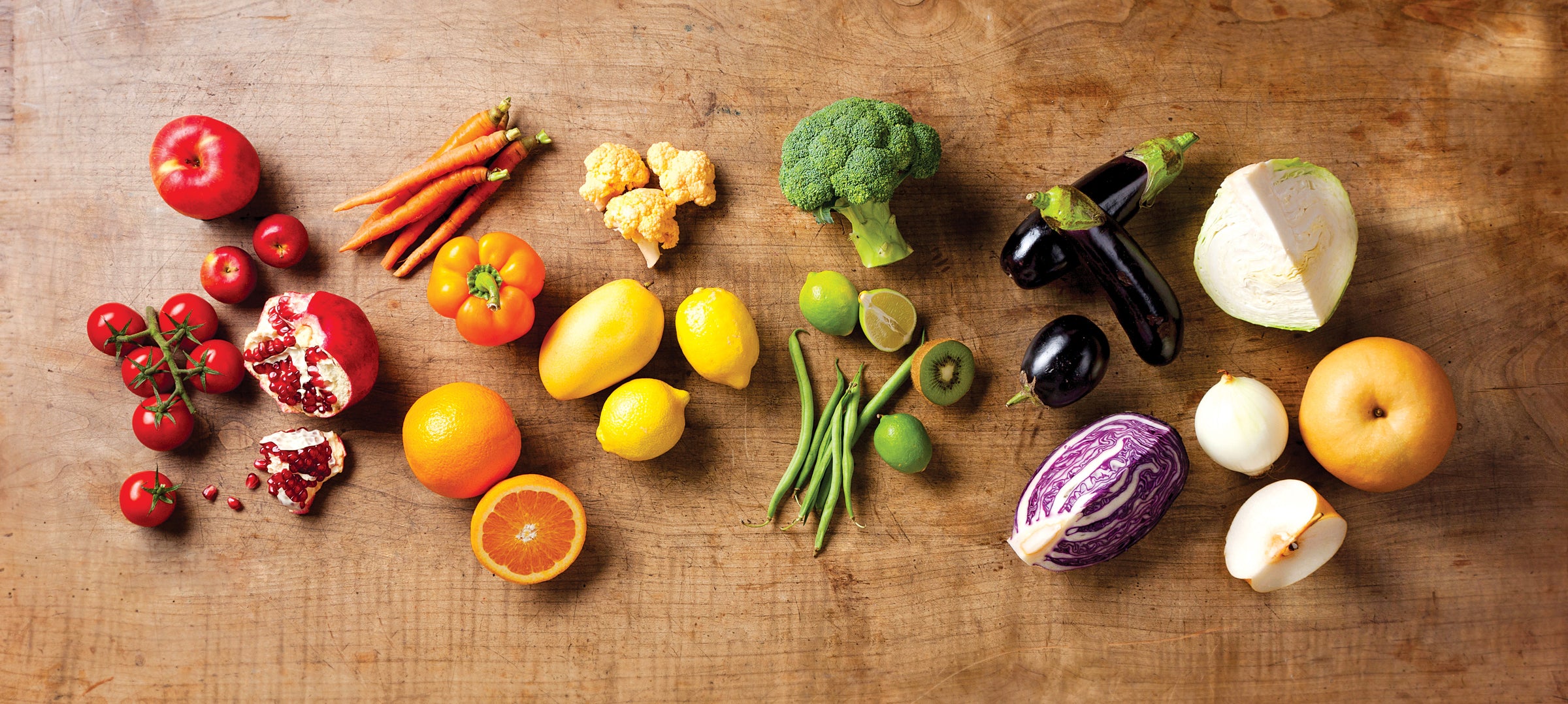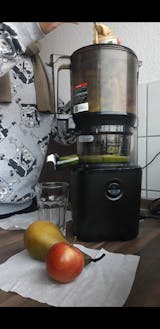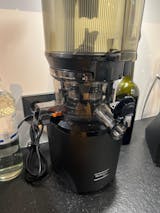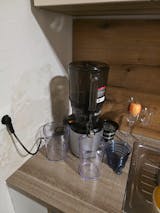Natural juice-based food coloring
―
Did you know synthetic food coloring is bad for you?
Food colors are chemical substances used to enhance the appearance of food to make it look better, fresher and catch consumers' attention. Food coloring is made from petroleum and crude oil. Also, they are toxic to humans. Food colors contain carcinogenic substances such as benzidine, 4-aminobiphenyl and 4-aminoazobenzene.
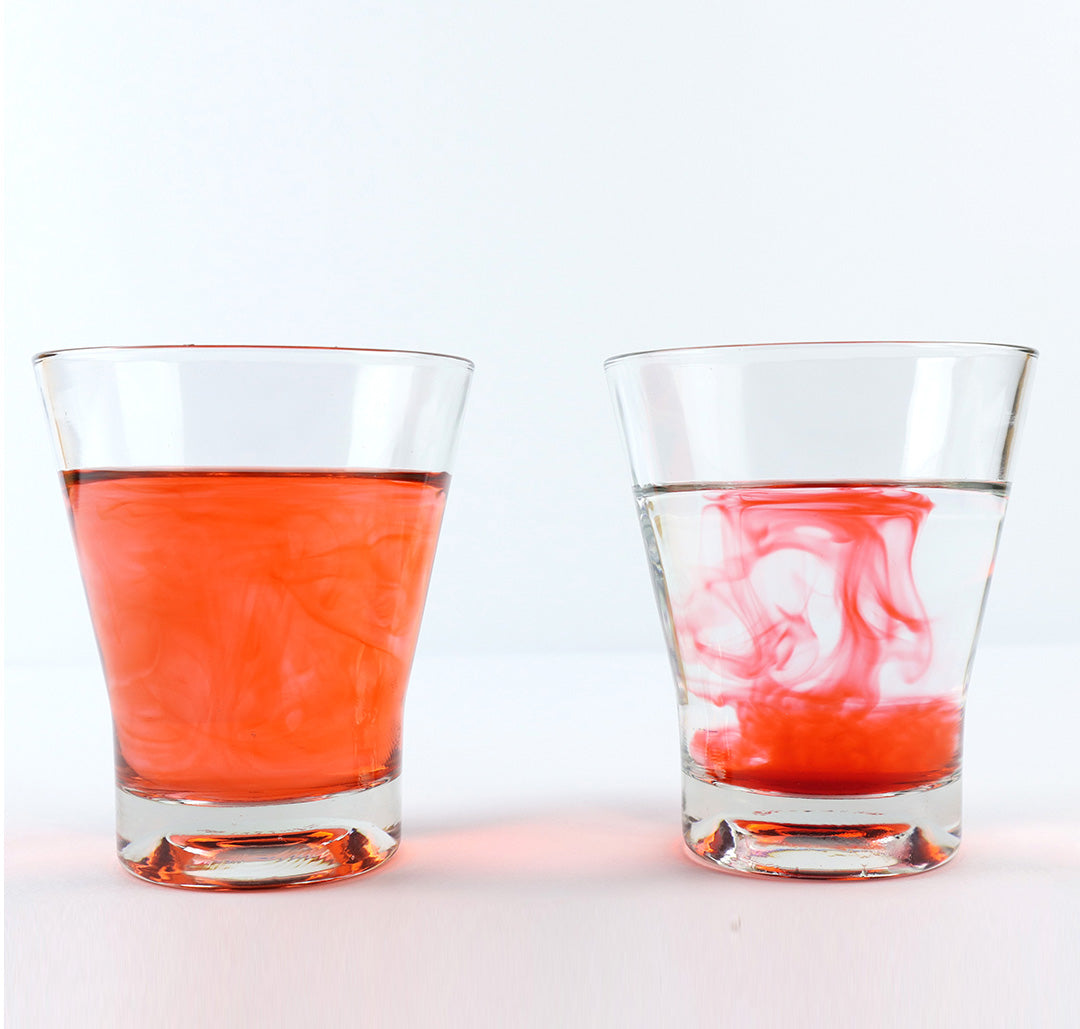
-Destruction of nutrients in food
-May cause intestinal upset
-May cause breathing problems
-Disrupts the functioning of the immune system
-It contains carcinogenic, toxic pollutants
And much more!
We should always avoid foods with a high content of food coloring.
Many people color their food to encourage guests and children to eat their food. Sellers may want to entice customers to buy their groceries because it looks aesthetically pleasing and lends itself well to social media content.
There is no doubt that food looks much more appealing when it has more colors or a lighter color, but... why sacrifice your health for the pleasure of your eyes?
If you want to color your food, especially to get kids to eat, you can make your own natural coloring from fruits and vegetables. Why should we choose food coloring with carcinogenic substances when we can choose natural food coloring from fruits and vegetables with health benefits
Making natural food coloring may be tedious and cumbersome. Some may think that the nutrients are destroyed in the process of making the food coloring. No! This is not true when using the Kuvings Slow Juicer. Slow juicers don't use high heat and speed; therefore they do not cause oxidation and the nutrients are well preserved!
―
Why make your own natural food coloring with the Kuvings Slow Juicer?
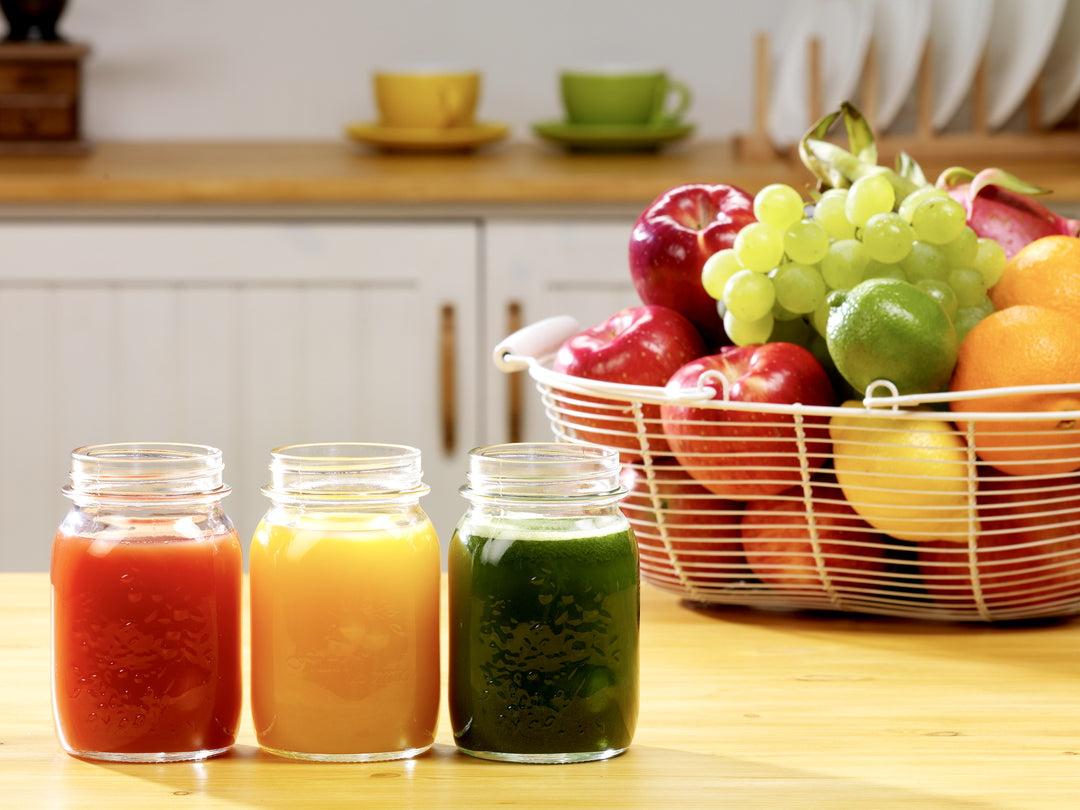
- It's healthier than synthetic food coloring
- It contains nutrients from vegetables and fruits
- It contains the soluble fiber found in fruits and vegetables
- You can add it to your food as a natural flavor
Plus, you don't have to worry about the pulp. Kuving's Slow Juicer produces juices with minimal pulp! Also, the pulp removed from fruits and vegetables such as carrots can be used to make other things (eg: carrot cake!).
After all of this, would you still prefer synthetic food coloring made from chemicals to homemade food coloring made from fruits and vegetables?
It's time to ditch synthetic colors in your diet and switch to natural colors! Fruits and vegetables are rich in nutrients and fiber. Choose health, not pleasure and aesthetics!
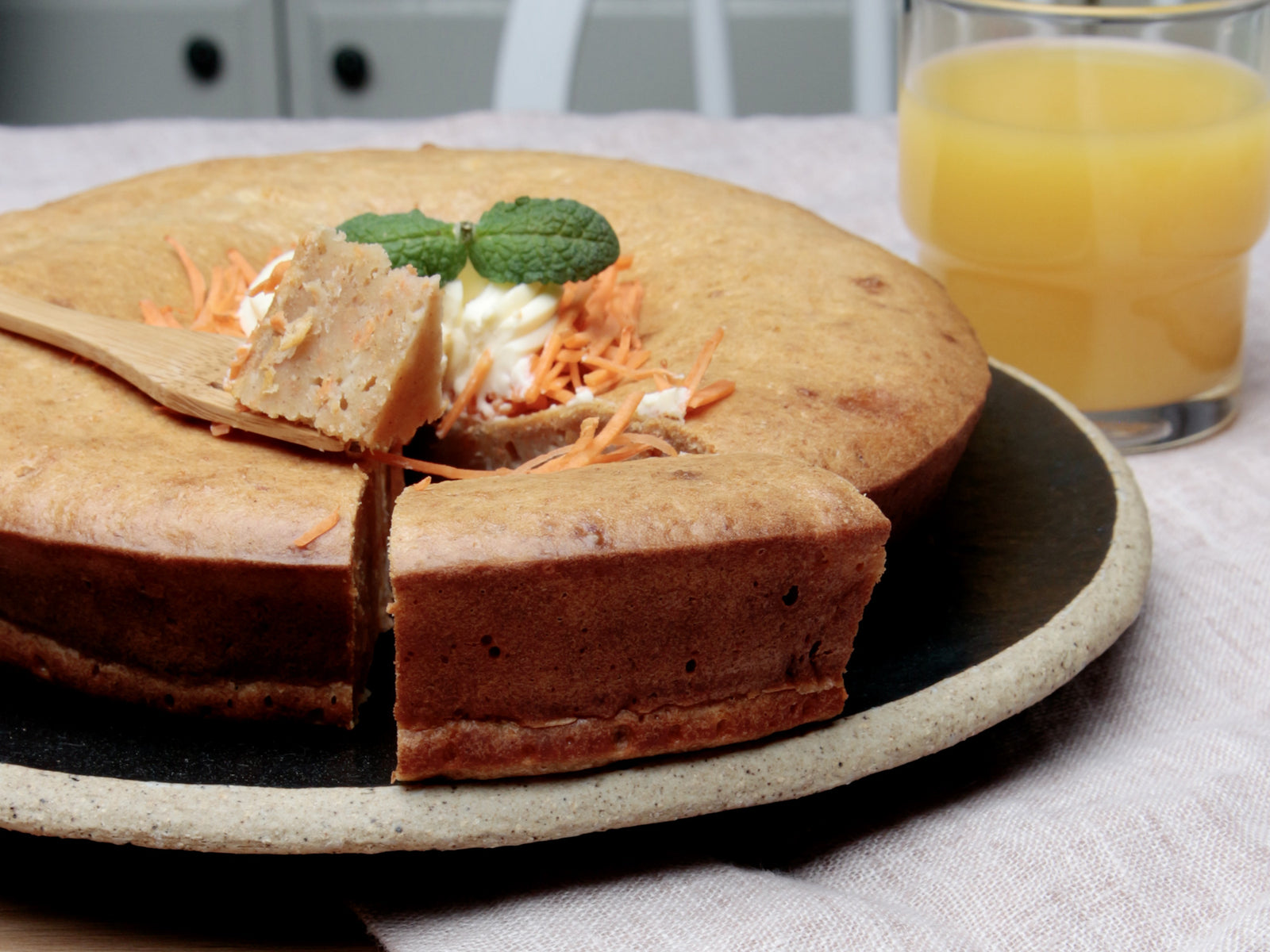
―
Here are some of the fruits and vegetables that we can use to make food coloring:
Pink💗: strawberries, raspberries, grapefruits
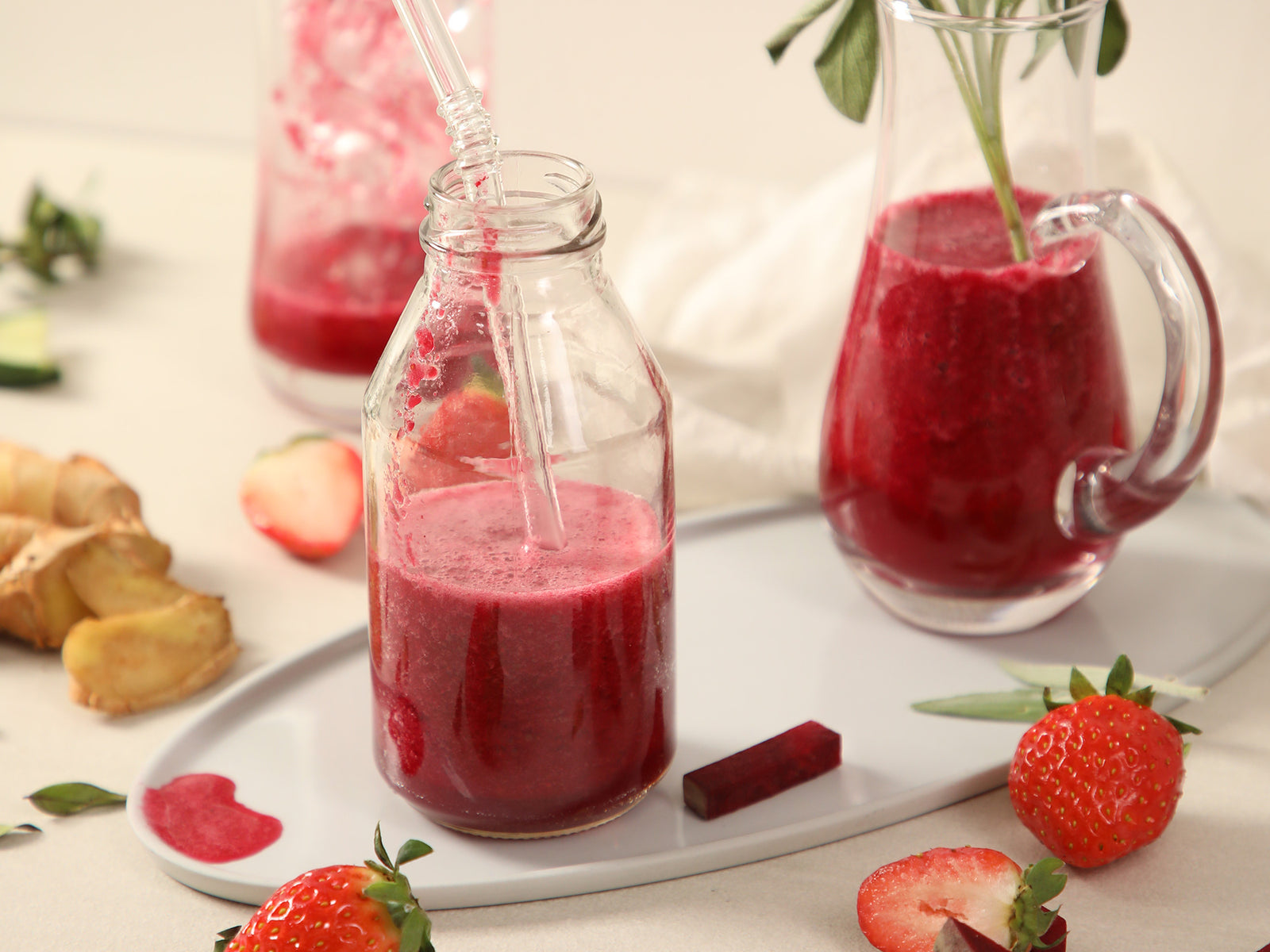
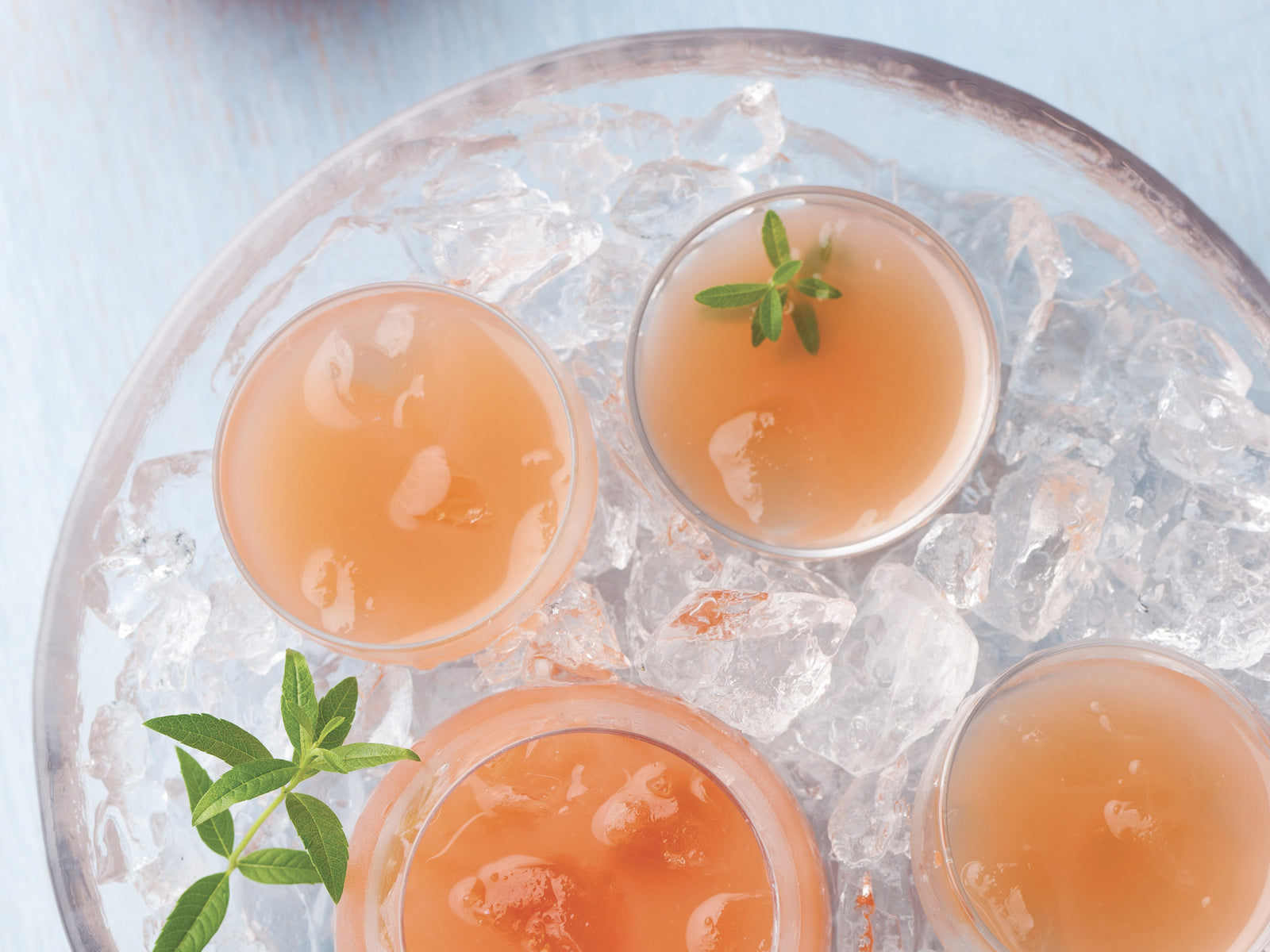
Red💓: beetroot, tomato, pepper, pomegranate
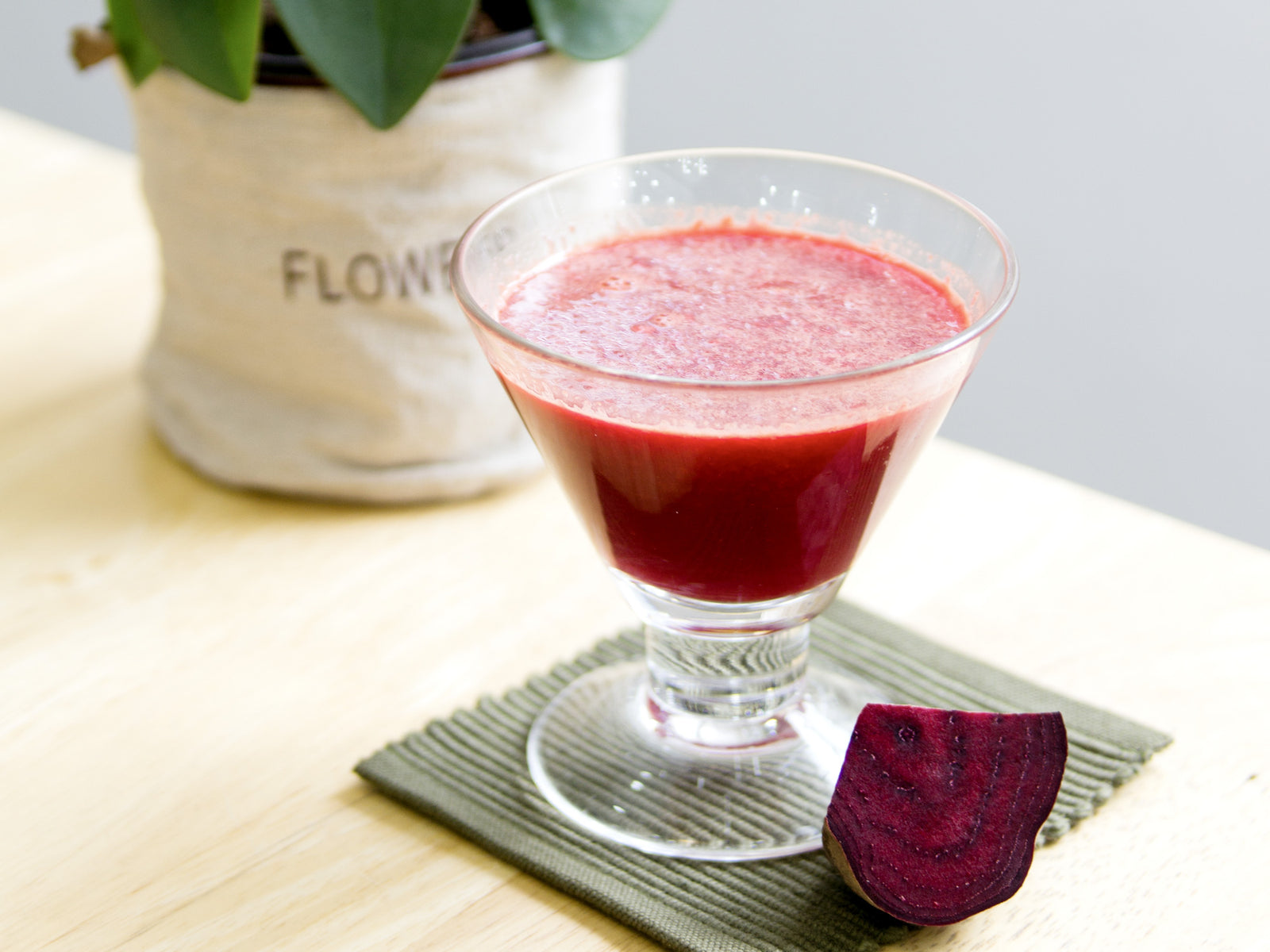
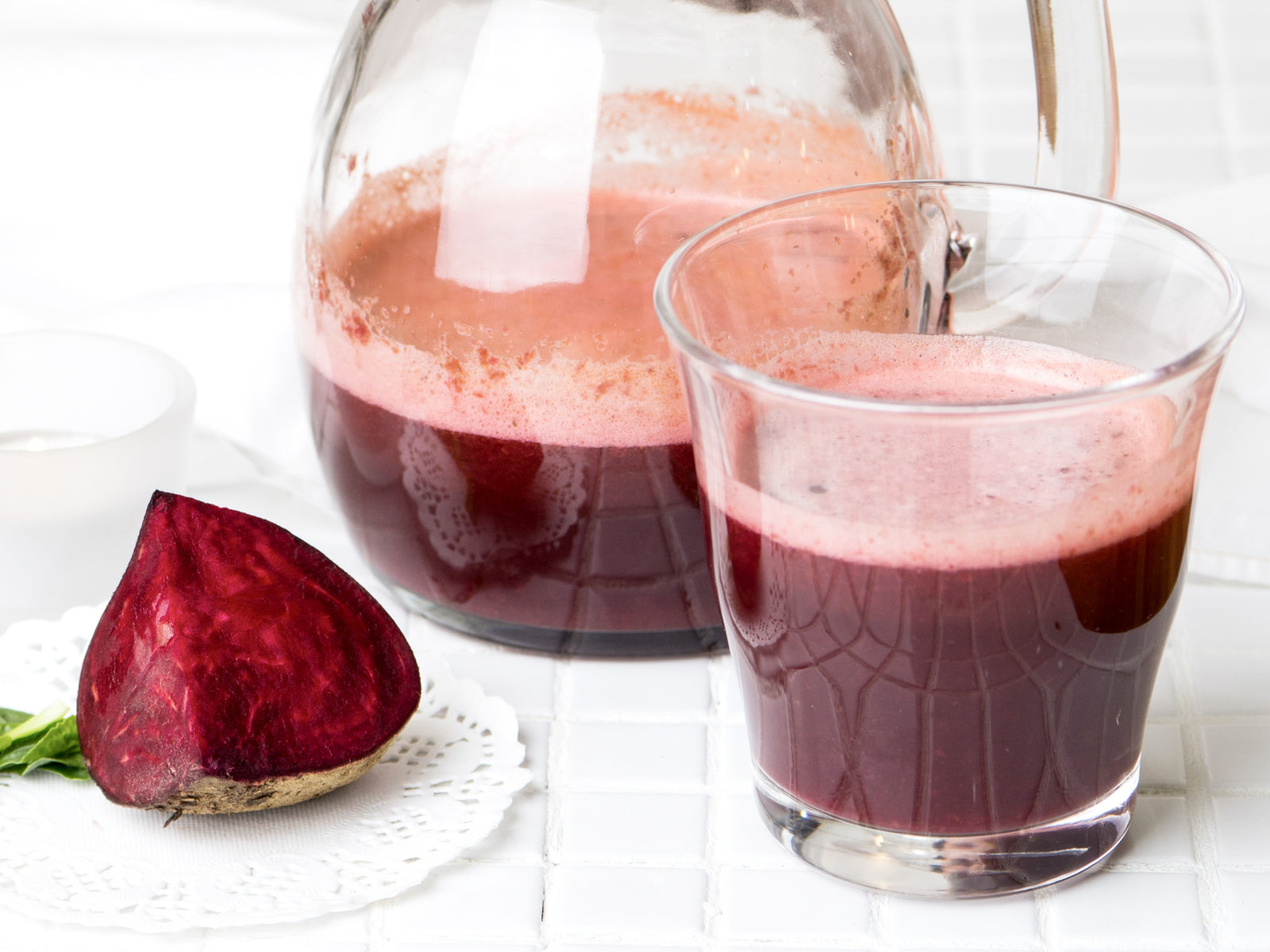
Orange🧡: carrots, raspberry + mango,
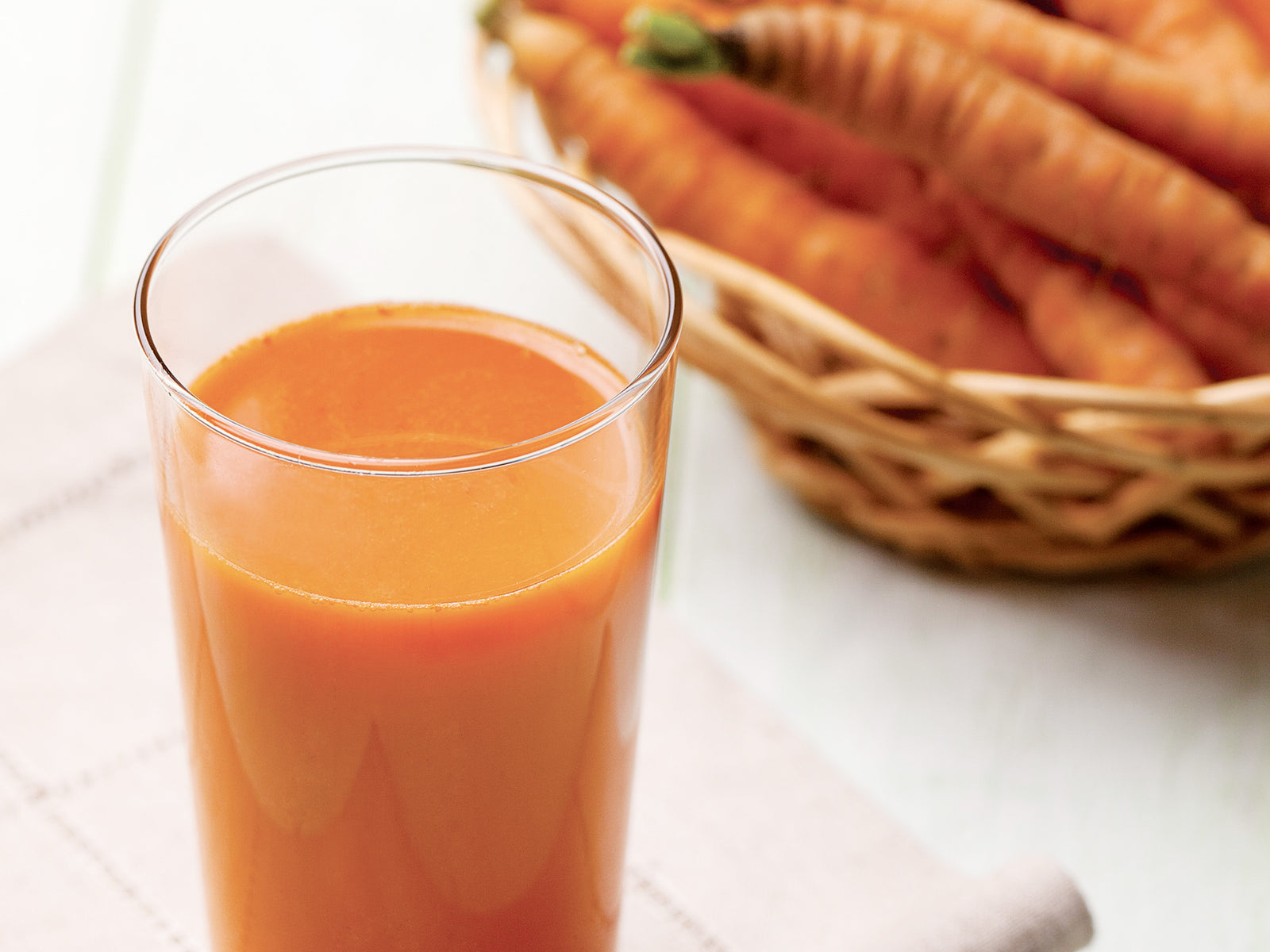
Yellow💛: pineapple, mango, pumpkin
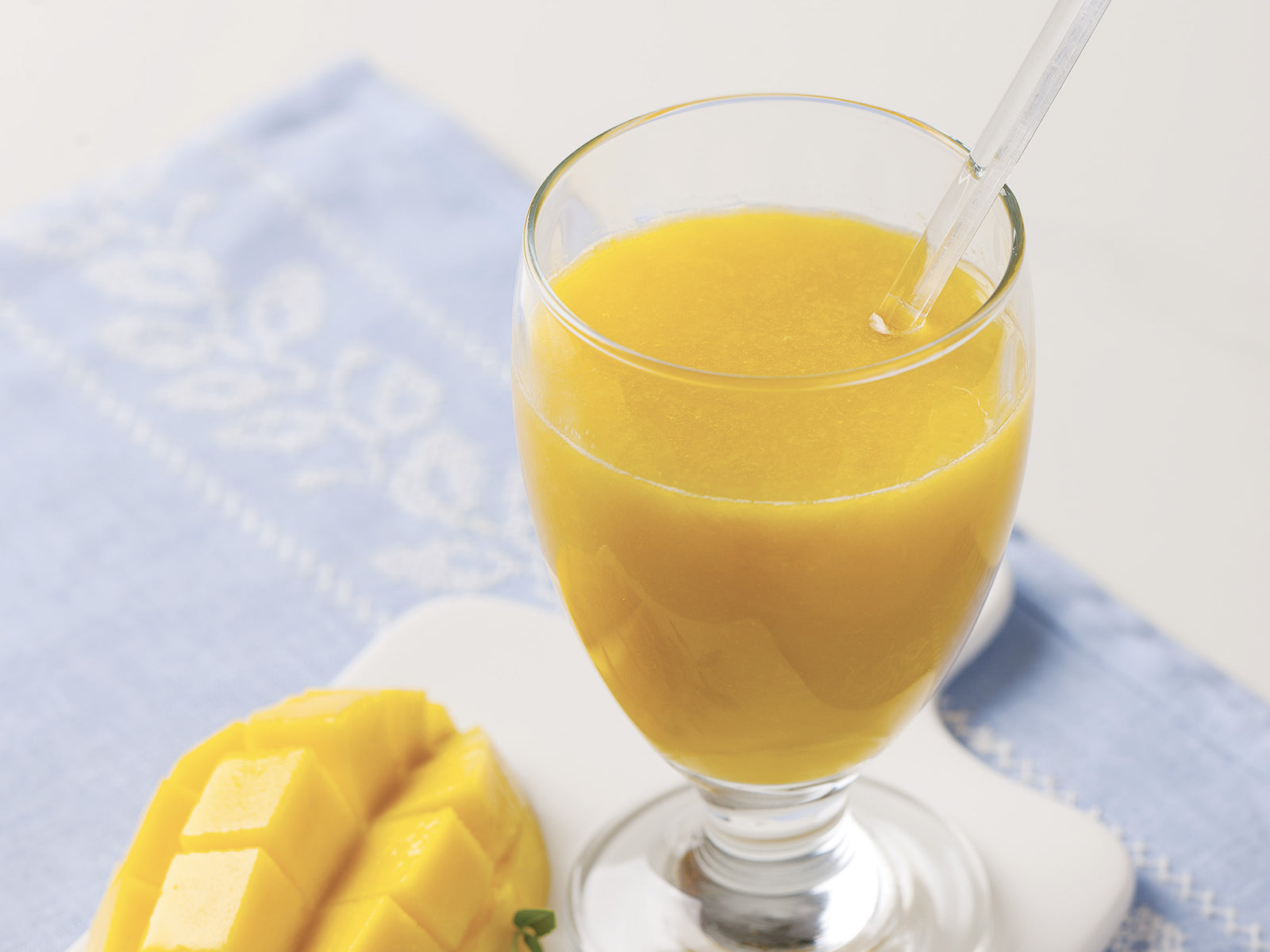
Green💚: spinach, celery, kale
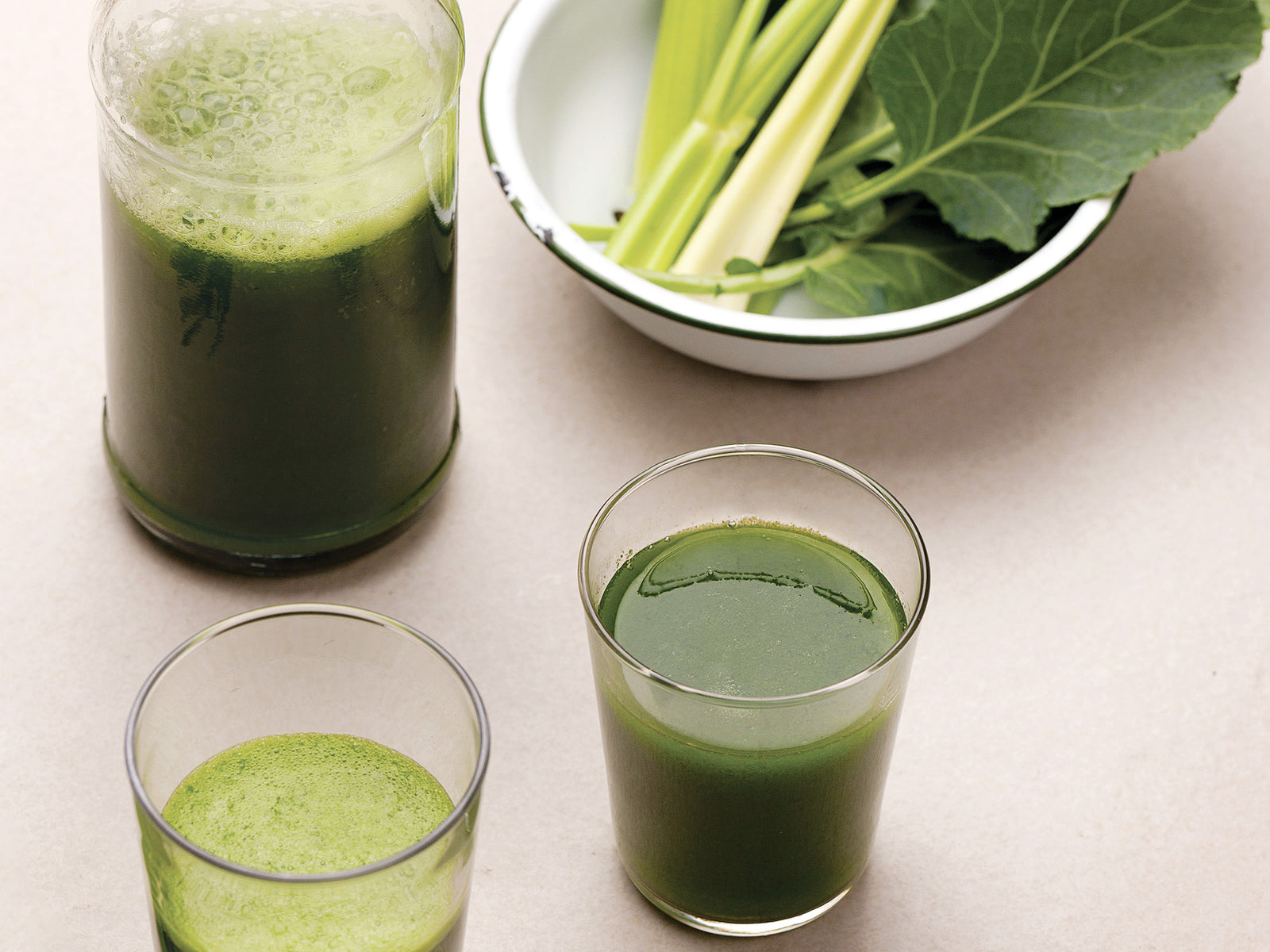
Blue💙: Butterfly pea + water, blueberry + kale
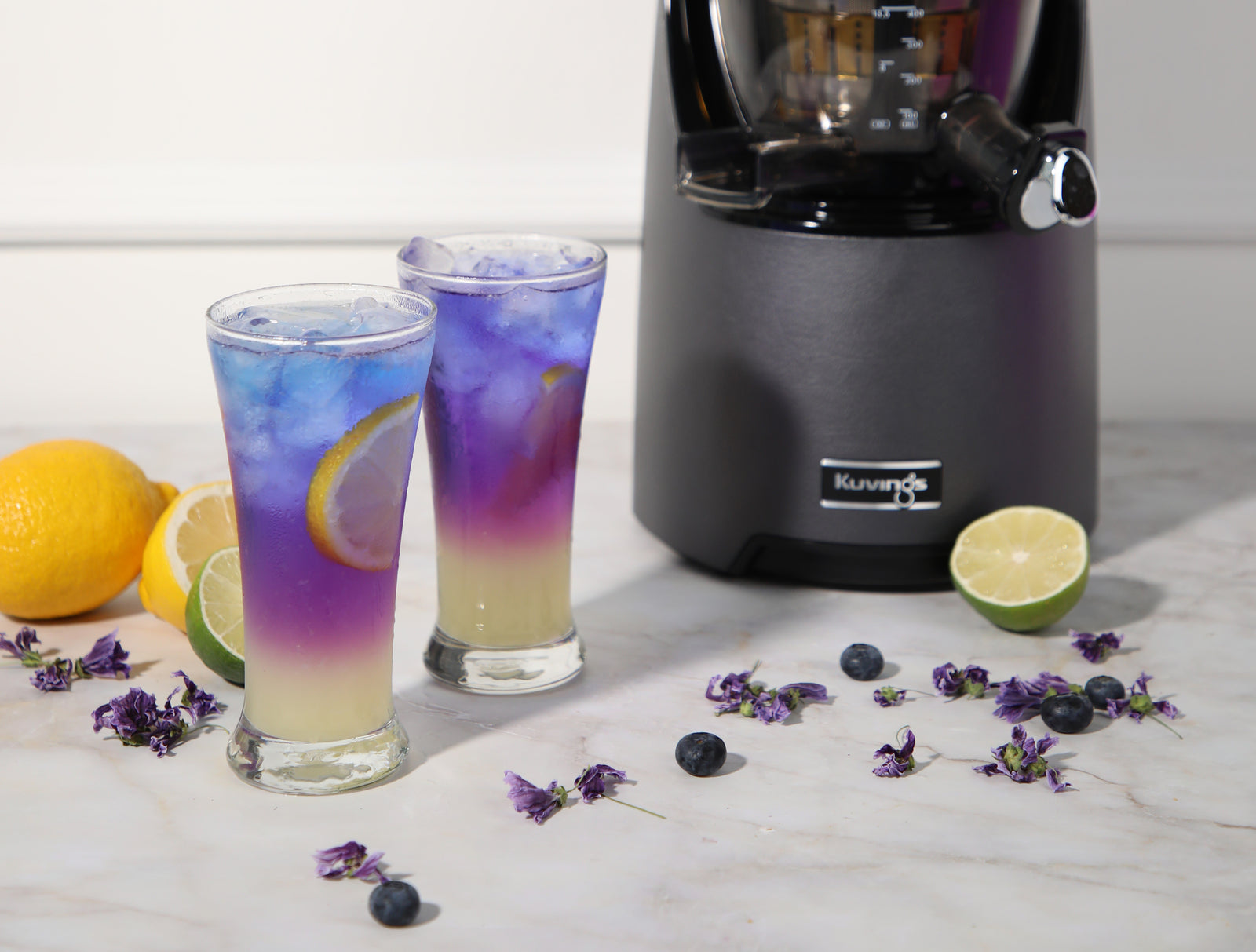
Purple💜: blueberries, red cabbage, purple carrots, currants
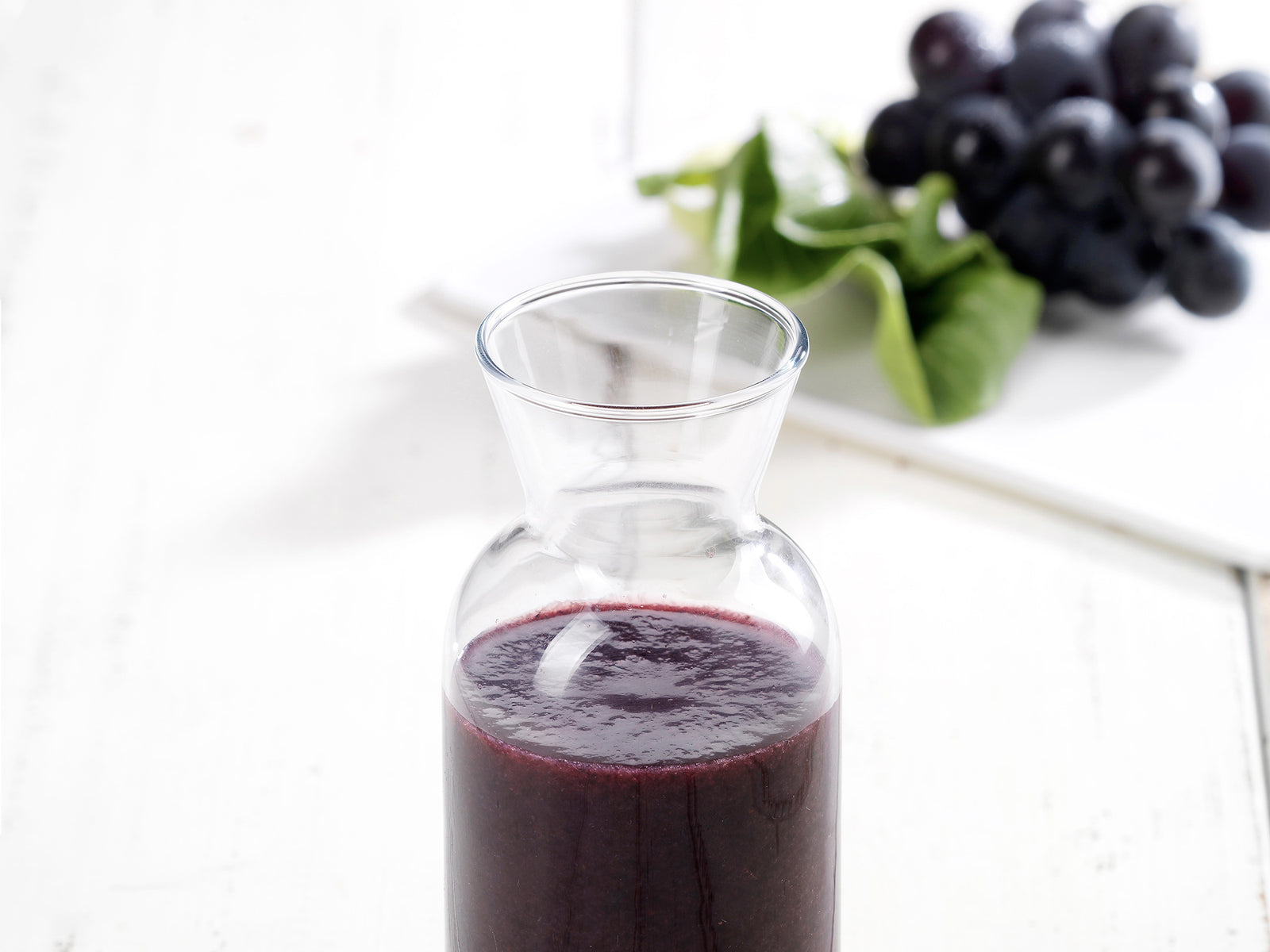
Yes, the ingredients like spinach and beetroot can have a bit of an aftertaste, but adding more sauce or icing will mask it! On the other hand, the pancakes definitely taste a lot better with berry juice. There you have it, a colorful food packed with nutrients and soluble fiber! Better presentation, more nutrients, and way healthier for your body!
